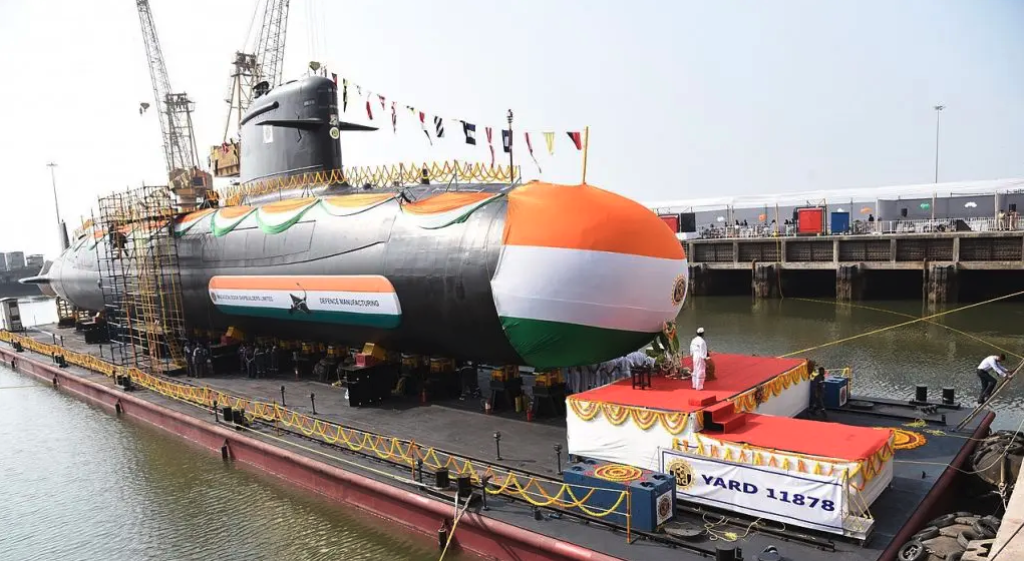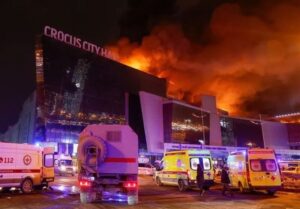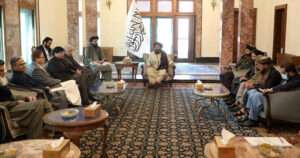Despite struggling to modernize outdated conventional forces with the current defense budget, India is investing in two new nuclear platforms. The first is the Arihant-class submarine fleet, the second the mobile Agni-V intercontinental ballistic missile. Together, their combined price tag will top $14 billion. Is this money well spent?
Pessimism about its strategic balance with China is driving India’s nuclear arms procurement. An altercation between troops of both countries in summer 2017, which came to be known colloquially as the Doklam crisis, stimulated introspection among Indian officials and experts about the future of the relationship with China. Politically, the Indian strategic community has largely concluded that the peaceful resolution of border disputes has become less likely, forecasting more rivalry than cooperation.
Indian discussions on the strength of their military position against China in the disputed frontier areas have converged on the view that China holds the conventional and nuclear edge over India in this domain. For example, Jagannath P. Panda, a leading expert on Indian security, observed in a June 2018 conversation that “India’s ground force posture and strength is not really comparable to that of China in their border regions. China has better military infrastructure, capabilities, and logistics.” A former army commander tasked with defense against China wrote during the 2017 standoff that he expected the episode to end in a barrage of Chinese missile strikes to expel Indian forces from the area and settle the dispute on Chinese terms. Even India’s optimists, a minority, anticipate that China will succeed in staying ahead of India’s strategic capabilities.
Read the full article in Bulletin of the Atomic Scientists.




